Video teams often serve as internal service providers, answering every team's request for creation and editing.
Oscar Estrada, video editor and motion designer at HubSpot, is the AI champion on HubSpot’s video team, trying to reclaim his team's time (Maxine Waters style) and find AI tools to help ad-hoc requests.
Let‘s dive into how he uses AI in his day and the AI experiments he’s running. Plus, read his thoughts on the top AI generators in the market.
How This Video Editor and Motion Designer Uses AI
Estrada’s role involves animating video – mostly on the product side – to showcase HubSpot products. So far, he’s still of the belief that AI will always be the assistant – never the manager.
It’s helping him and his team:
- Clean audio files (i.e. remove distracting sounds).
- Proofread proposals.
- Flag keywords in software terms of service before they add them as vendors.
On the topic of proofreading, Estrada says getting the right output was frustrating at first.
“It would hallucinate or say things that weren't even in the document,” the video editor says. “It still sometimes does that, so I use some techniques to increase the confidence in the answer.”
Estrada will ask the AI chatbot to review its own work and ask it to explain its output to make sure that their answers are consistent.
“There’s been a lot of trial and error,” he says. “Being part of online groups, relying on social media where people share their tips has been helpful in helping me adopt the tool better.”
.png?width=650&height=325&name=oscar%20estrada%20quote%20video%20team%20%20(1).png)
Besides the tried-and-true method of giving the AI assistant a role and background, Estrada recommends asking the AI assistant to describe the steps before fulfilling the tasks.
The prompt can look something like this: “Make sure you understand and let me know what steps you're going to take before actually doing the work.’
Estrada says this is great for troubleshooting.
“Later, you can say, ‘OK, maybe the first step was good, but maybe we made a mistake on the second step and that's why the third step looks like a hallucination,’” he says.
He’ll also explicitly tell his AI assistant to introduce troubleshooting steps – this is especially important when dealing with code – so he can more easily solve errors if they occur.
While some tasks are completed using AI assistants, Estrada often relies on AI features within the video tools he uses.
For example, he explains how Adobe’s After Effects animation software allows users to augment your video output through code.
“I‘m not a coder, I’m not a software developer, but by understanding just enough of [a programming language like] JavaScript, and telling an AI chatbot what I'm looking to accomplish, AI can generate that code,” Estrada says.
“It helps me troubleshoot it so that I don't have to go into Stack Overflow, for example, or try to troubleshoot it myself,” he continues. “I can just grab that, paste it, and help automate bulkier tasks.”
So this side of things is pretty straightforward.
Another aspect of his role is identifying opportunities to leverage AI tools in their process and testing them as a fit for their tech stack.
That’s where AI video generators like HeyGen, Capsule and Opus come in.
How AI Video Generator ‘Capsule’ is Freeing Up This Video Team’s Time
Identifying viable AI tools can help editors, animators, and producers remove additional tasks from their plates and enable stakeholders to take full ownership of video creation.
That’s one area Estrada is focused on.
His team recently ran a pilot with Capsule, an AI video tool designed for those with limited video knowledge and experience. In theory, it enables anyone to easily create high-quality and on-brand videos without contracting internal video team members.
Estrada and his colleagues were specifically measuring Capsule’s ability to:
- Enable HubSpot Academy professors to create videos with little oversight from the video team.
- Increase quality and brand compliance using Capsule’s professional graphics.
- Improve accessibility through Capsule’s automated transcriptions and on-brand subtitles.
“Any professor would be able to become their own video editor without having to tap into the centralized team,” Estrada says, “so it would help us free time.”
He and the video team also wanted to know:
- How much training would be required for independent usage,
- The level of upskilling needed to adopt the platform,
- The ideal level of autonomy to guarantee quality,
- And the cost implications at scale.
The pilot ran for 12 weeks with HubSpot Academy professors testing it full time, and the results were pretty impressive.
Professors with zero prior video editing experience were able to create high-quality short form content using Capsule and double the team’s video output.
Goal number one, check.
Now onto the additional goals outlined above, here’s where things landed:
- Capsule provided custom branded templates which ensured consistency across channels, in addition to AI features like speech enhancement and auto resizing.
- Accessibility-wise, there’s room for improvement. The professors flagged transcription quality issues in languages like Spanish, French, and Japanese.
In addition, certain features (like editing b-roll footage) were not available during the pilot, requiring the team to create workarounds with other external tools.
Despite these limitations, Capsule proved to be a valuable, time-saving AI video tool that enables ad-hoc video creation across teams.
His team’s recommendation was to incorporate Capsule into their workflow, with next steps focused on creating documentation to maintain quality as they scale output.
An Editor’s Take on AI Video Generators
I couldn’t leave this conversation without asking Estrado for his thoughts on generative AI videos.

Estrada has been familiar with AI since college. Once it went mainstream in 2022, he was intrigued by the possibilities but that died down once he tested them.
“They‘re getting pretty good but by themselves, they’re not ready to be used commercially,” he says. “It’s very exciting because you’re able to simulate or create things that would take you a long time to set up, making it very good for that first stage of conceptualizing.”
Estrada says that where tools like Runway’s Gen 3 and Luma’s Dream Machine are now, they’re best for experimentation and creative outputs that allow for an abstract take.
If you’re looking for something a little more refined, that’ll take some fine-tuning.
“People think that using a video generator by itself is going to do magic and sometimes that is not the case, there is a lot of extra details or extra work,” he says.
The extra work he’s talking about can look like:
- Giving the AI model an image (real or AI-generated) to model the video after, rather than a text prompt.
- Providing several images for the various frames within your video, rather than using one image to create an entire video.
“There‘s a lot of potential in open-source models and that’s something I want to get more into, fine-tuning models to customize and create an output that’s more desirable for you,” he says.
“I see a lot of experiments with Stable Diffusion which are able to translate videos into animated content and do style transfers.”
The issue is, that can be more expensive and technical that the average person bargains for. Imagine you pay for the text-to-image generator, then an image upscaler, then an image-to-video generator, then a video upscaler. Those subscriptions start to add up.
“Sometimes, people are frustrated when their outputs don‘t look as good as what they might have seen online,” he says, “but it’s because of these pre-processing steps that most people aren‘t aware of and don’t apply.”
The takeaway here is, producing quality videos is very possible with AI but it will still require some human review and guardrails.
Artificial Intelligence



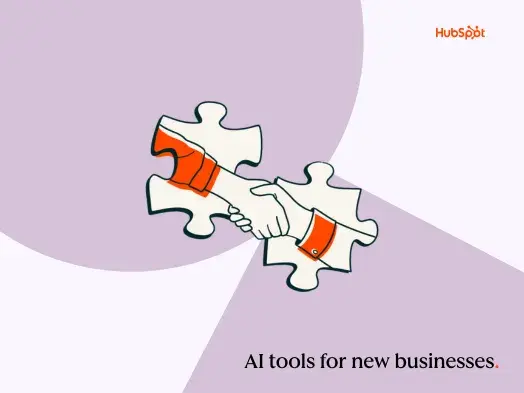
![AI email subject lines that drive 3x more revenue and actually convert [+ exclusive insights]](https://53.fs1.hubspotusercontent-na1.net/hubfs/53/ai-email-optimization-1-20251014-4500151-1.webp)
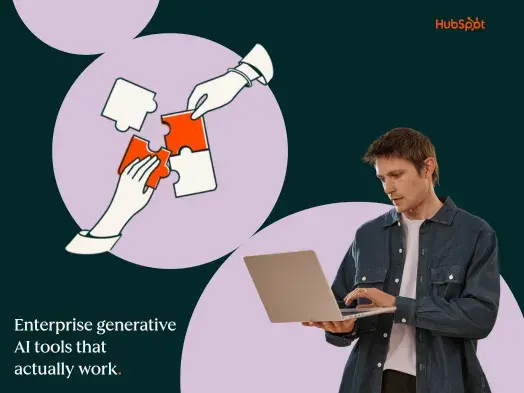
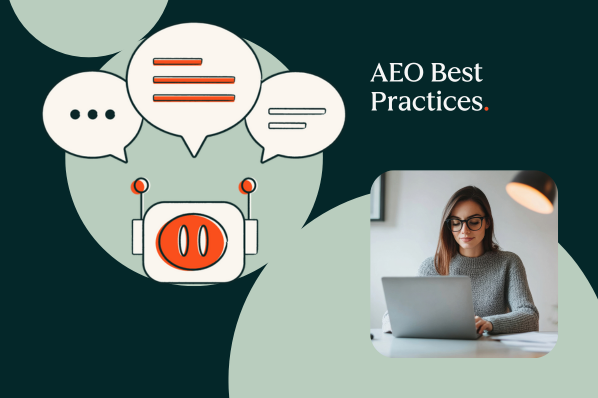
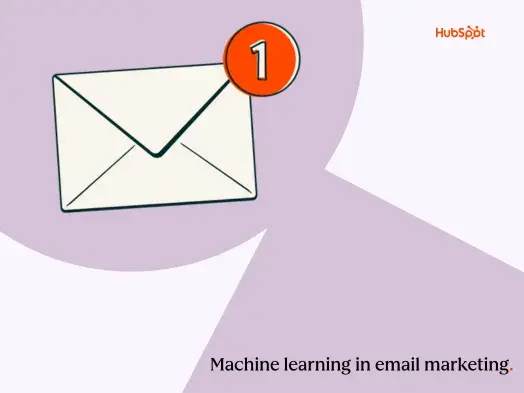
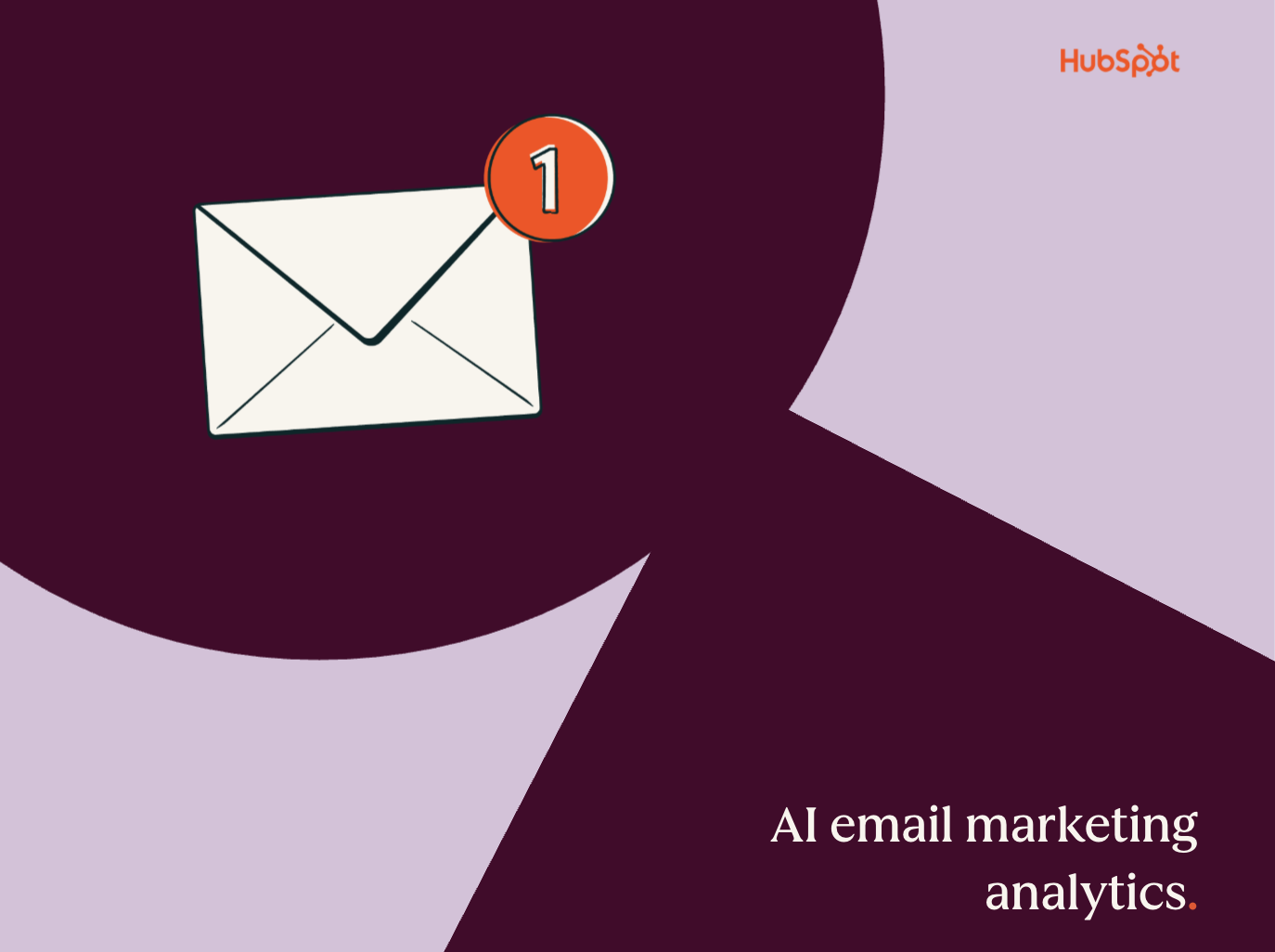

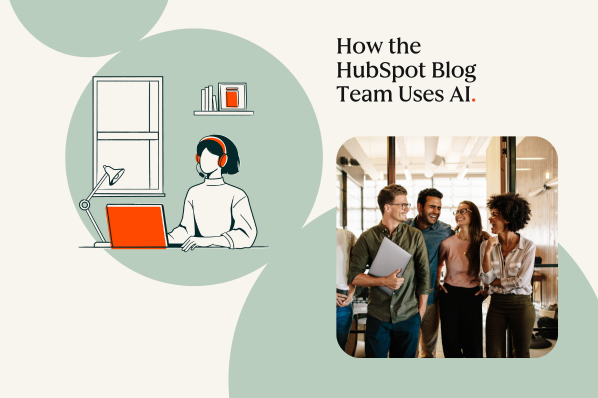
-1-20250905-2237709%202.webp)